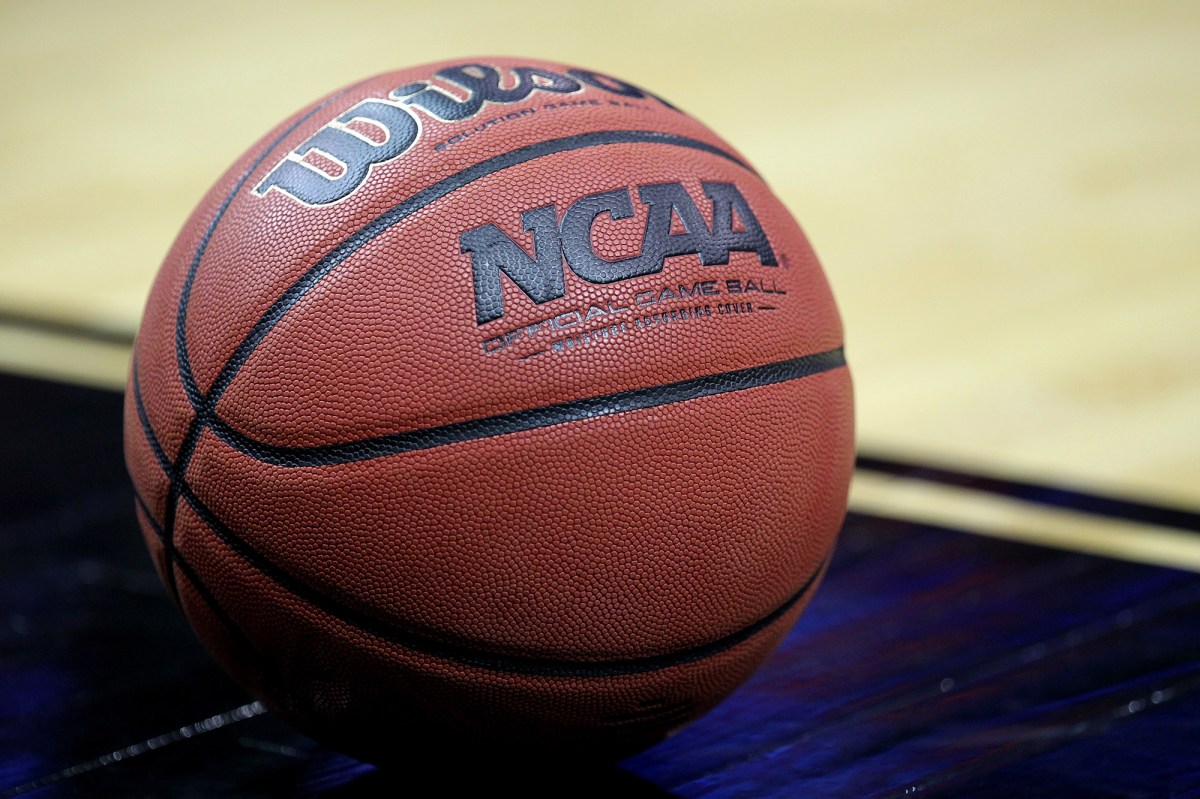
College basketball coaches furious with ‘wild west’ transfer portal
In a shade over two weeks, seven different St. John’s players have entered the transfer portal. Penn State and DePaul currently have seven players exploring their options, and Indiana and Memphis e…
 nypost.com
nypost.com

College basketball coaches furious with ‘wild west’ transfer portal
In a shade over two weeks, seven different St. John’s players have entered the transfer portal. Penn State and DePaul currently have seven players exploring their options, and Indiana and Memphis e…
College basketball coaches furious with ‘wild west’ transfer portal
By
In a shade over two weeks, seven different St. John’s players have entered the transfer portal. Penn State and DePaul currently have seven players exploring their options, and Indiana and Memphis each have five. Michigan State, North Carolina, Creighton, Florida, Texas Tech, Illinois, Iowa, West Virginia and Georgetown have lost key contributors.
These schools are far from alone.
With the belief that players switching schools won’t have to sit out next year — since the Division I council will vote on a rule in April that would allow everyone to transfer once without penalty, and NCAA president Mark Emmert said on Thursday he expects it to pass — fans will need a scorecard to identify rosters.
As the NCAA Tournament reached the Final Four this week in Indianapolis, the transfer portal overshadowed college basketball’s blockbuster event. It’s free agency for amateur athletes. All a player has to do to enter the transfer portal is email his school’s compliance department.
According to the website, VerbalCommits.com, which tracks such data, roughly 1,200 players are currently in the transfer portal, which is already a record amount. A small percentage of that group are walk-ons. At this time last year, the number in the portal was barely 600. There are 357 Division I teams and each school gets 13 scholarships. That means roughly 25.8 percent of players are considering leaving their current programs, a rate that is increasing daily.
“You tell me if that’s healthy or not,” a high-major athletic director said rhetorically, speaking on condition of anonymity.
“I don’t think it’s good for college basketball, but it’s good for the student-athletes, and that’s what we’re all here for,” Villanova coach Jay Wright said. “We’ll all adjust. It’s going to make it a little messier.”
Multiple Division I coaches, speaking on the condition of anonymity, weren’t nearly as politically correct.
“It’s the wild, wild west. It’s crazy town. I think it’s horrendous for the sport,” one high-major head coach said.
“It’s chaos,” a high-major assistant coach said.
“It’s like speed dating, in the transfer portal,” a mid-major head coach
Players, and those who support them getting more freedom, obviously have a different take on the matter. Coaches can switch jobs on a whim. They don’t have to wait a set amount of time before starting a new job. They can choose not to renew a player’s scholarships. Yet the players they leave behind or push out, are subject, under the old rules, to sitting out following a transfer, unless they are granted an eligibility waiver.
“To have it like it was before, what’s the reasoning behind making them sit out a year? It’s so it’ll discourage them from transferring, discourage them from making a decision they believe is in their best interest,” ESPN college basketball analyst Jay Bilas said. “To me, it strains the mind to think that a player coming out of high school with zero college experience should be bound by that decision, and yet that player’s decision should be questioned after the player has college experience. That makes no rational sense, and especially if the NCAA is going to keep calling them kids and saying that they’re amateurs, they are students to be treated like any other student. No other student is told when they can leave and when they can participate in the school’s extracurricular activities.
“If a player’s circumstances change, why shouldn’t he or she be allowed to make that kind of decision?”
Or, as Greg Williams Sr., the father of St. John’s transfer Greg Williams Jr., said: “[Shaka Smart] left 15 players [at Texas to take the Marquette job]. No one is saying anything bad about him. There’s nothing wrong with that.
Now, this of course wasn’t a typical year. Due to the COVID-19 pandemic, the NCAA gave every single player an extra year of eligibility. Graduating seniors who had already used up four years of eligibility were allowed to play one more season. Another factor is the nature of the season. It was difficult, as schools created pseudo-bubbles to avoid pauses and shutdowns. Players had to keep to themselves. It wasn’t the normal college experience. For a student-athlete spending his first year at a school, it wasn’t an accurate depiction of what the place is typically like. There was little-to-no campus life.
Then again, it’s no coincidence the numbers rose without the fear of having to sit out a season. Tyson Walker, an all-league guard from Northeastern who transferred to Michigan State, said he almost certainly would’ve stayed put had he thought he wouldn’t be eligible to play next year. If he had remained at Northeastern, Walker said he would’ve likely had a strong career in anonymity.
“I’ll get a bigger platform [now],” he said.
Walker thinks the no-sit-out rule going into effect would be a positive, because there are plenty of players who could find better situations given the freedom to do so. Hofstra’s Tareq Coburn, who transferred from St. Bonaventure after his freshman year and had to sit out, believes the heavy amount of transfers will breed even more of them, that it will teach student-athletes to take the easy way out instead of trying to work through adversity. St. John’s transfer Marcellus Earlington agreed with both of them.
“I think it’s good for the players. I don’t know how good it is for the sport, though,” he said.
There can be positives to sitting out. Take Coburn as a sample. As a freshman at St. Bonaventure, he hardly played. The year off gave him a chance to regain his confidence, focus on academics and work on his body. He developed into an All-CAA player and an honor student.
Some of the best teams in recent memory have been built on transfers who used the sit-out year productively. This year’s Baylor team, for instance, is led by one-time transfers like Davion Mitchell and MaCio Teague, who waited a year after switching schools.
“There are definitely bonuses [to sitting out],” Coburn said.
Another issue the high-major coach raised is that the extra year often ensured transfers graduating. When Coburn transferred, he lost half of his credits. What happens when a player exhausts his eligibility, but has classes to make up?
The expectation is that this will only be the start. There will be heavy movement every spring. The days of teams gradually improving over time will end. It won’t be about whether a program will lose players, just how many.
“It’s going to be the new normal,” the mid-major head coach said. “The people that can adapt to it and do well with it are going to be successful. You’re going to have to embrace it as, ‘We know every year we’re going to lose four guys in the spring, and we’re going to have to replace them in the transfer portal.’
“Are you going to sit there being bitter, or are you going to sit there and say, ‘We have to get another guy?’ ”
